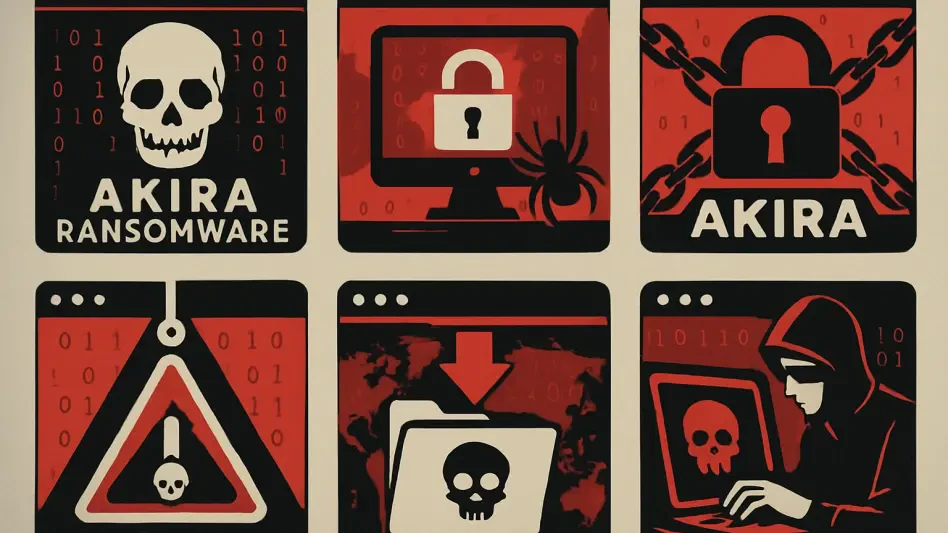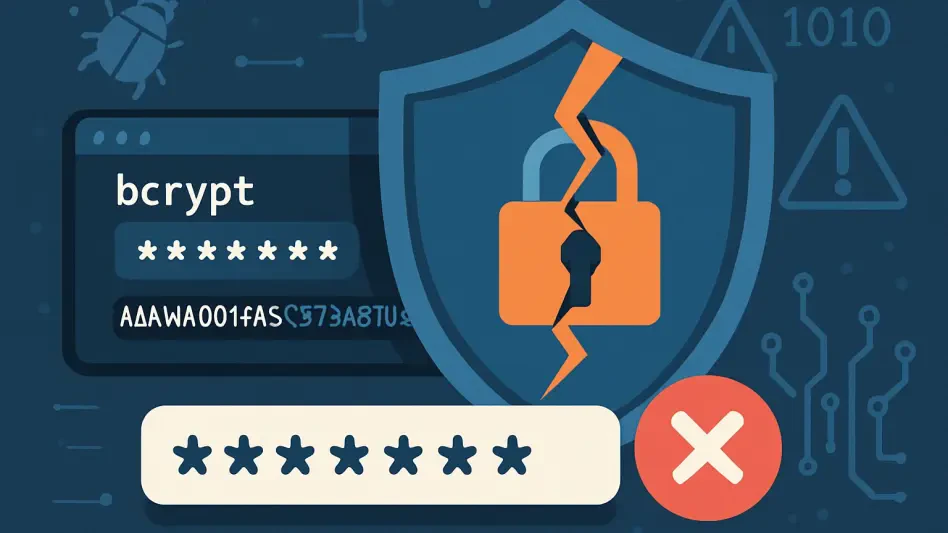As cybersecurity threats reach unprecedented levels, the digital world is under immense pressure to find effective solutions to guard against sophisticated cyberattacks. Automated patch management has surfaced as a pivotal strategy in addressing this growing concern. With 80% of cyberattacks attributed to unpatched software, the urgency for implementing automated systems gains significant importance. The fact that cyber breaches in 2024 led to an average financial loss of $4.88 million further underscores the economic necessity for organizations to prioritize timely patch updates and system integrity checks. The article delves into the benefits and transformative potential of automated patch management systems, exploring current trends and challenges in this crucial domain.
Rising Software Vulnerabilities Call for Swift Action
Understanding the Scale of the Vulnerability Crisis
The cybersecurity landscape, now more than ever, emphasizes the alarming increase in software vulnerabilities. An examination of the first quarter of the current year reveals 159 known exploited vulnerabilities, a figure indicative of the rapid emergence of cyber threats. This situation calls for immediate action, given that 28.3% of newly discovered vulnerabilities faced exploitation within a single day of their CVE publication. The traditional manual approach to patch deployment is becoming obsolete as threat actors maneuver swiftly, exploiting gaps with remarkable speed. Meanwhile, organizations are increasingly pressured to adapt and ensure their defenses are agile and effective.
The rapid weaponization of vulnerabilities stresses the urgency for quicker patch implementations. It is clear that manual systems, with their lengthy weeks or even months-long processes, can no longer guarantee timely protection against threat actors now capable of exploiting vulnerabilities within hours. As this pace continues to accelerate, automated patch management stands out. It seamlessly facilitates the scanning, testing, and deployment of patches across extensive networks without requiring manual intervention. This capability allows businesses to align more closely with security benchmarks and regulatory standards, offering a substantial advantage in risk mitigation.
The Business Implications of Delayed Patching
Delays in implementing patches pose significant risks not only to data integrity but also to an organization’s financial health. The economic repercussions, as evidenced in recent crises, present a clear picture of the risks and costs associated with not addressing vulnerabilities promptly. With an average financial loss of $4.88 million from breaches related to unpatched software, the urgency highlights the importance of proactive patch management. Growth potential within the patch management sector reflects the urgency to integrate comprehensive solutions, fostering a secure digital environment and protecting against potential financial pitfalls.
Moreover, the healthcare industry’s recent experiences underscore the critical role of automation. Automated strategies have demonstrated efficacy in efficiently managing tens of thousands of systems’ patching needs, scaling smoothly without overwhelming IT departments. The wider business community must take heed, recognizing the direct connection between security processes and financial stability. Automation offers a viable bridge toward achieving the operational excellence desired, ensuring continuous compliance while mitigating risks. Industries worldwide are beginning to realize the upper hand gained by leveraging such an influential tactical approach.
Automation: A Game-Changer for Cybersecurity
Advancements in Technology and Market Growth
Advancements in automated patch management technologies are transforming the cybersecurity landscape, empowering organizations with robust tools designed to address vulnerabilities effectively. Integration of artificial intelligence and machine learning into these systems leads to significant advancements. Technologies now analyze historical data patterns, predict potential vulnerabilities, and optimize patch deployment schedules, making operations more efficient. As risk-based methodologies gain prominence, they replace traditional approaches by prioritizing patches based on a system’s criticality and exposure levels. It’s a shift that offers the security sector a strategic edge, enabling ongoing adaptation to changing threat dynamics.
The expanding global patch management market reflects this need, showing growth projections from $950.5 million in 2025 to $2.25 billion by 2034. This surge is fueled by intensified regulatory demands, increasingly varied IT environments, and rising cybersecurity threats. Despite widespread adoption—over 90% of organizations implementing some form of patch management—there remains a predominant gap in documentation processes. As automated solutions evolve, establishing proper protocols for audit trails and compliance becomes as essential as the automated systems themselves. Comprehensive strategies will prove essential in equipping industries for sustainable growth.
Navigating the Challenges of Modern Cyber Threats
Recent incidents, such as the exploitation of the Apache Struts vulnerability (CVE-2024-53677), highlight the necessity of prompt patch deployment measures. Organizations must recognize that the availability of patches alone does not equate to security; swift and effective patch application is essential. This acknowledgment aligns with an awareness of past breaches, such as the 2017 Equifax breach, where missed opportunities for patching allowed attackers to exploit vulnerabilities. The focus on automated systems capable of identifying, testing, and deploying updates rapidly is critical to prevent future breaches across multiple sectors.
The emergence of metrics like Mean Time to Patch (MTTP) further underscores performance benchmarks within the industry. Businesses masterfully reducing patch deployment windows to 30 days or less for critical vulnerabilities are setting standards. Yet, innovative forms such as hot patching technologies are gaining momentum, removing the necessity for systemic reboots altogether. With comprehensive security orchestration platforms becoming a central goal, organizations are keen to embrace automated patch management, aiming to align their security strategy with organizational objectives. The ultimate goal is achieving real-time threat remediation, a feat well within reach thanks to automated innovation.
The Path Forward with Automated Patch Solutions
As cybersecurity threats escalate to historical heights, the digital realm faces intense pressure to devise effective defenses against sophisticated cyberattacks. Automated patch management has emerged as a crucial tactic in addressing this pervasive issue. Considering that 80% of cyberattacks stem from unpatched software vulnerabilities, the imperative for deploying automated systems becomes increasingly critical. The financial impact is staggering; breaches in 2024 resulted in an average loss of $4.88 million per incident. Such economic consequences highlight the necessity for organizations to prioritize swift patch updates and regular system checks to maintain integrity. This article delves into the advantages and transformative potential of automated patch management systems, shedding light on current trends and hurdles faced in this vital field. Consequently, automated patch management could bridge gaps that leave businesses vulnerable, rewriting the approach to cybersecurity and offering a more robust defense against looming threats.








